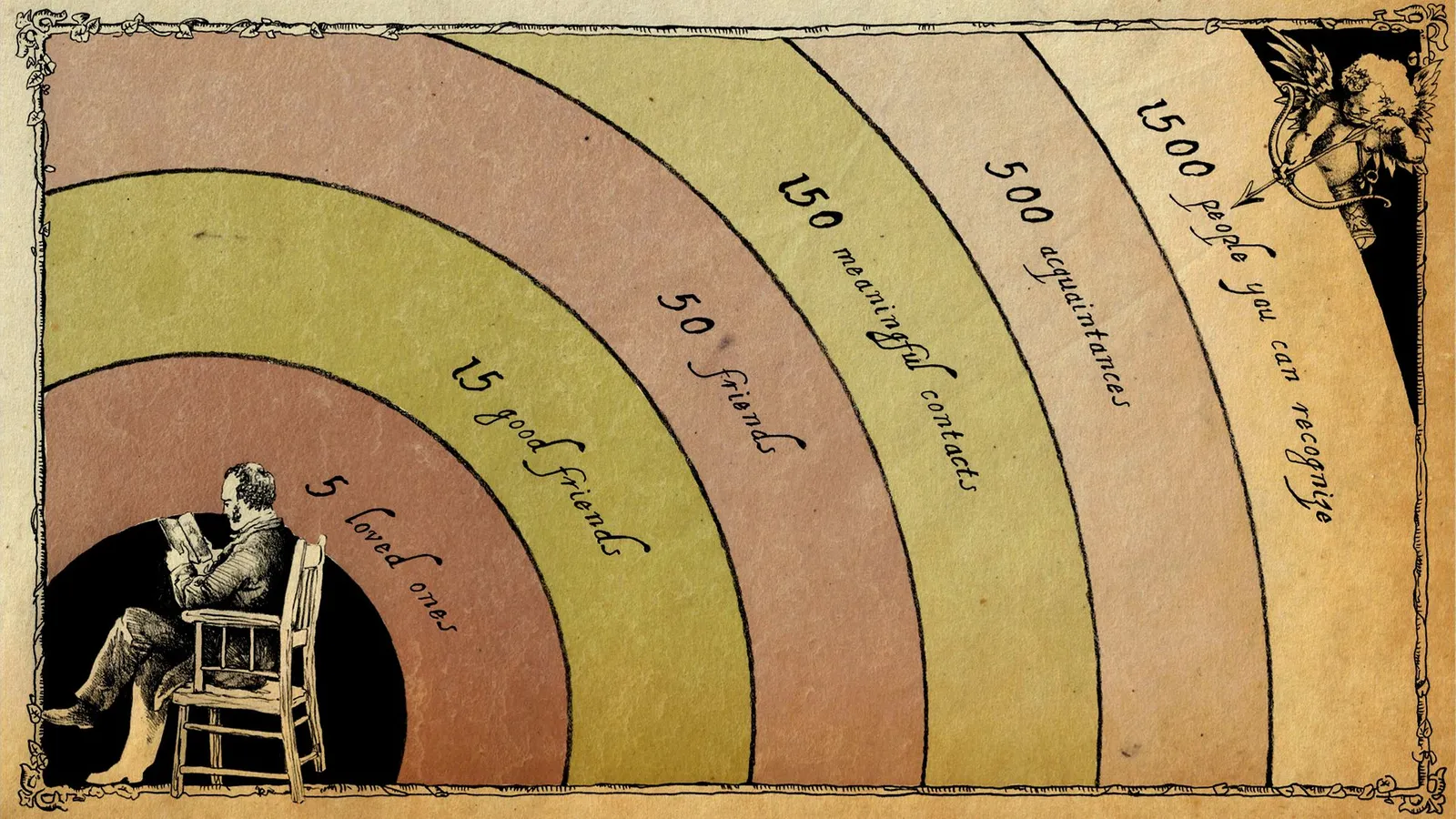
BBC
Dunbar’s number holds the belief we can only really maintain about 150 connections at once. The magic number of 150 was developed by the British anthropologist Robin Dunbar. He was convinced that by the ratio of brain sizes and group sizes through his on-human primates’ studies. The important social behaviour of primates which are neuroimaging and observation of time spent on grooming helped mapped out the ratio.
Dunbar came to the conclusion that the size of the neocortex, which is a part of the brain associated with cognition and language, relative to the body is linked to the size of a harmonious social group. This ratio somehow tops the capacity of how complex a social system can manage.
People who have heard of the theory soon came up with the question…
Is 150 still the number after the emergence of social media?
Dunbar defended his theory again saying that there would still be other number within the social brain hypothesis too. Dunbar 150 supports the idea that 150 is the number for meaningful contacts while the circle for people one could recognise could go up to 1500. In the meanwhile, good friends and loved ones are down to 15 and 5. This layering somehow clear the fog in the idea right?
How many connection you have in your social media sites? Far more than 150 or the other way round? Do not forget that the essence of the 150 is also about intimacy. Judging from the pure number would not be comprehensive enough. Maybe it’s time to weigh and review how do your relationships go? In the meanwhile, don’t panic if you have fewer connection than that. Again, the consideration shall be on the quality of the relationship but not the quantity. The number is also summarised by the bell-shaped curve with a range up to 230 but not like normally distributed.
contextualising relationship may helps people understand that better as “guidelines” are given. Let us know how is your 150 going and comment below!
Have a nice weekend ahead!

